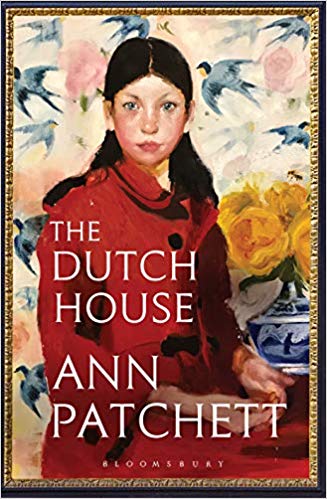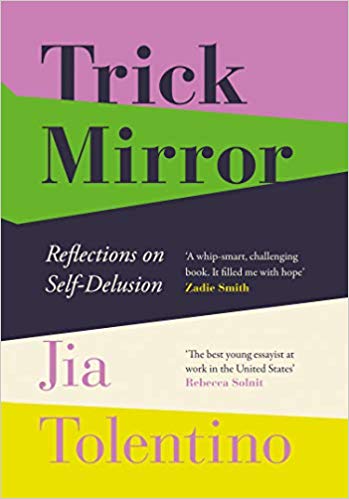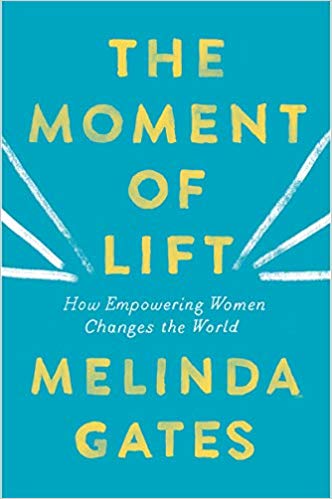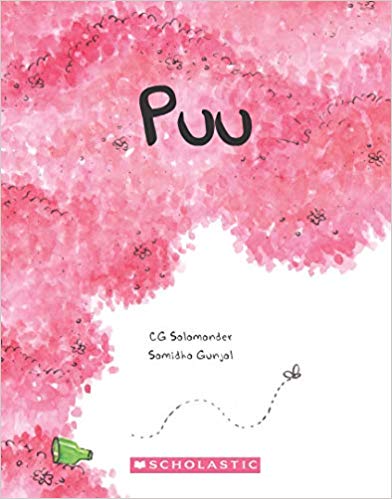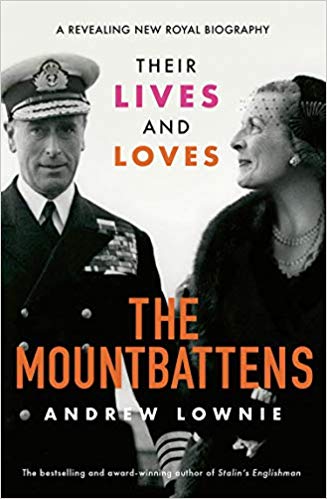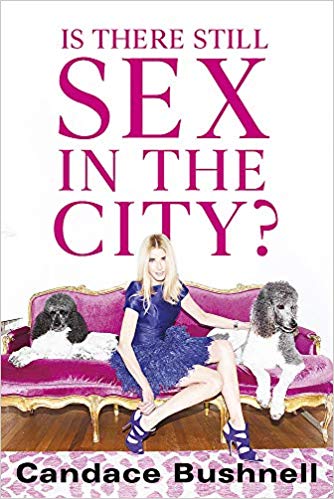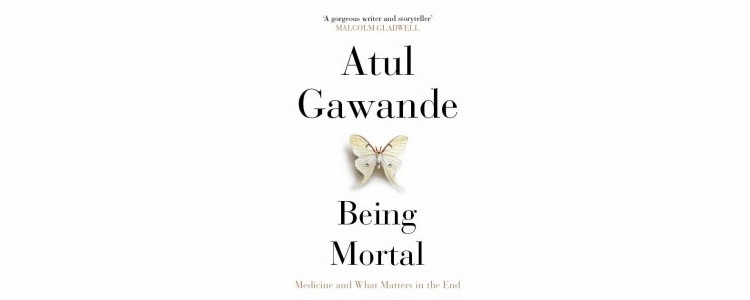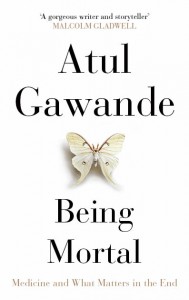Maya Shanbhag Lang’s “What We Carry”
Maya Shanbag Lang’s memoir What We Carry is an extraordinarily powerful memoir about looking after her mother. Dr Shanbag, Maya’s mother, was a doctor and a fiercely independent woman who always was in charge of her life. She was a very respected doctor in her professional circles. Her outstanding characteristic was that she lived life on her own terms. So much so, she decided when she would quit her marriage or take on a gruelling job at a hospital as it ensured her a pension. Maya describes her mother as being miserly with her money and scrimping and saving all the time. It is not as if Maya and her brother were in want of anything, their mother ensured that her children were well provided for. But it is when her mother begins to show signs of forgetfulness, lose alarming amounts of weight in a very short period of time, have mood swings etc that her children decide to have her medically evaluated. At the consultant’s room in a particularly lucid moment, Dr Shanbhag surprises everyone by acknowledging her dementia. Yet, as the doctor advises that the decline will happen and their mother will no longer able to live alone. She needs supervision and caregiving. This is when Maya decides to step in and take care of her mother. She moves her lock, stock and barrel into her own home. She merely informs her husband via a text message that she is bringing her mother home to live with them. He is so wonderfully accepting of his wife’s decision. While juggling her relatively new daughter, now her mother and her own professional commitments as a writer, Maya has her hands more than full. This memoir is about that one intense year of trying to manage everything singlehandedly and be on top of things. Yet at the same time Maya is perceptive enough to recognise the different stages of caregiving, the spiralling downwards of the patient and the transformation it wrought upon the entire family unit with a heartwarming scene of even the young granddaughter recognising her grandmother’s frailty and holding her hand. While combing through her mother’s papers, Maya discovers that her mother had the astute foresight to invest in an expensive insurance scheme that permitted her coverage indefinitely in one of the plushest old age homes. Maya was astonished and relieved to discover this fact but she reveals this with such grace and dignity in the memoir. Moving her mother to the home is done out of pure love as Maya chooses a place that is not too far from her own home. It also has all the amenities required for old age care but does not traumatise the patient with its forbidding interiors. On the contrary, it is warm and welcoming. Her mother takes to it happily.
You don’t have to be a caregiver yourself to appreciate this gem of a book. But if you are, it is overwhelming to read for its perceptiveness — the kindness it requires to look after a loved one especially a parent, the sharing of one’s grief at witnessing the deterioration of the person as they disappear into a fog from which there is no coming back, sharing also the frustration that relentless caregiving brings with it and most certainly the exhaustion that is never ending. Maya discovers her stress busting moments are frequenting the gym. It helps at times for primary caregivers to look the other way and indulge in a bit of self-presevation and self-care.
As Maya discovers caregiving for the two bookends of life can be brutal but it has its rewarding moments too. It is a very moving account of three generations of her family. It is played out in innumerable homes every day. It is the circle of life.
Read it. Gift it.
23 November 2020

